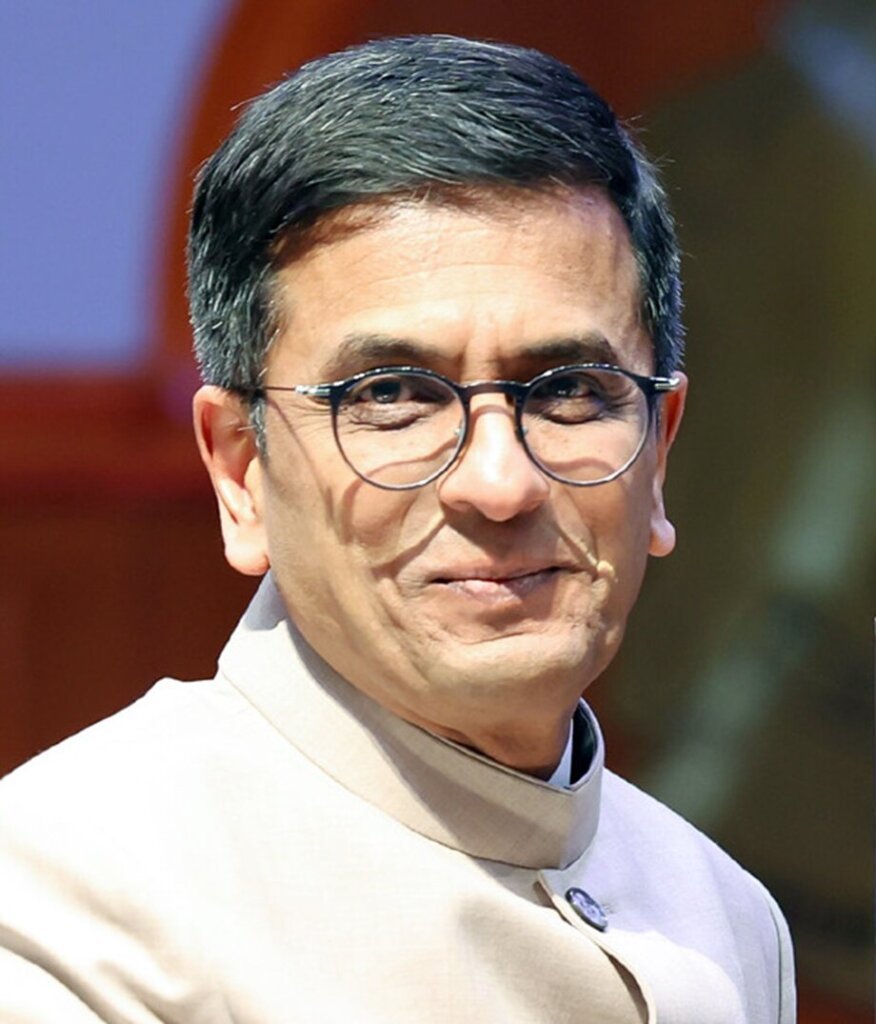Justice Chandrachud Moves Out: A Quiet End to a Heated Residence Row

In a development that concludes weeks of speculation, former Chief Justice of India D.Y. Chandrachud has vacated the official CJI residence at 5, Krishna Menon Marg, New Delhi. The move follows a post-retirement controversy surrounding his extended stay beyond the permissible period.
Justice Chandrachud retired on November 8, 2024, after serving as the 50th Chief Justice of India. Under existing judicial housing norms, a retired CJI may retain a government bungalow for up to six months. However, his continued residence sparked administrative concerns, prompting the Supreme Court to formally request the Ministry of Housing and Urban Affairs to reclaim the property.
Responding to the issue, Justice Chandrachud clarified that his delay was due to personal circumstances. His daughters, Priyanka and Mahi, both living with disabilities, required a wheelchair-accessible home. The family had been awaiting readiness of a suitable government accommodation before relocating.
In a statement earlier this month, Justice Chandrachud confirmed that their belongings had been packed and partially shifted. He also mentioned that he had consulted his successor, CJI Sanjiv Khanna, who had initially encouraged him to continue residing at the CJI bungalow.
Despite the informal arrangement, the Supreme Court administration emphasized the need to uphold housing rules and requested immediate possession of the residence. The permission granted to retain the bungalow had expired on May 31, with the extended grace period ending on May 10.
Justice Chandrachud has now moved to a paid government residence at 14, Tughlaq Road, where he lived prior to his elevation as CJI. The transition marks the end of a sensitive episode that drew public attention to post-retirement privileges and the balance between protocol and compassion.
The former CJI expressed regret over the controversy, reiterating that his actions were guided by family needs and not entitlement. With the residence now vacated, the judiciary’s housing pool regains its designated property, restoring procedural clarity.
This episode serves as a reminder of the human dimensions behind institutional decisions, and the importance of empathy in public discourse.




